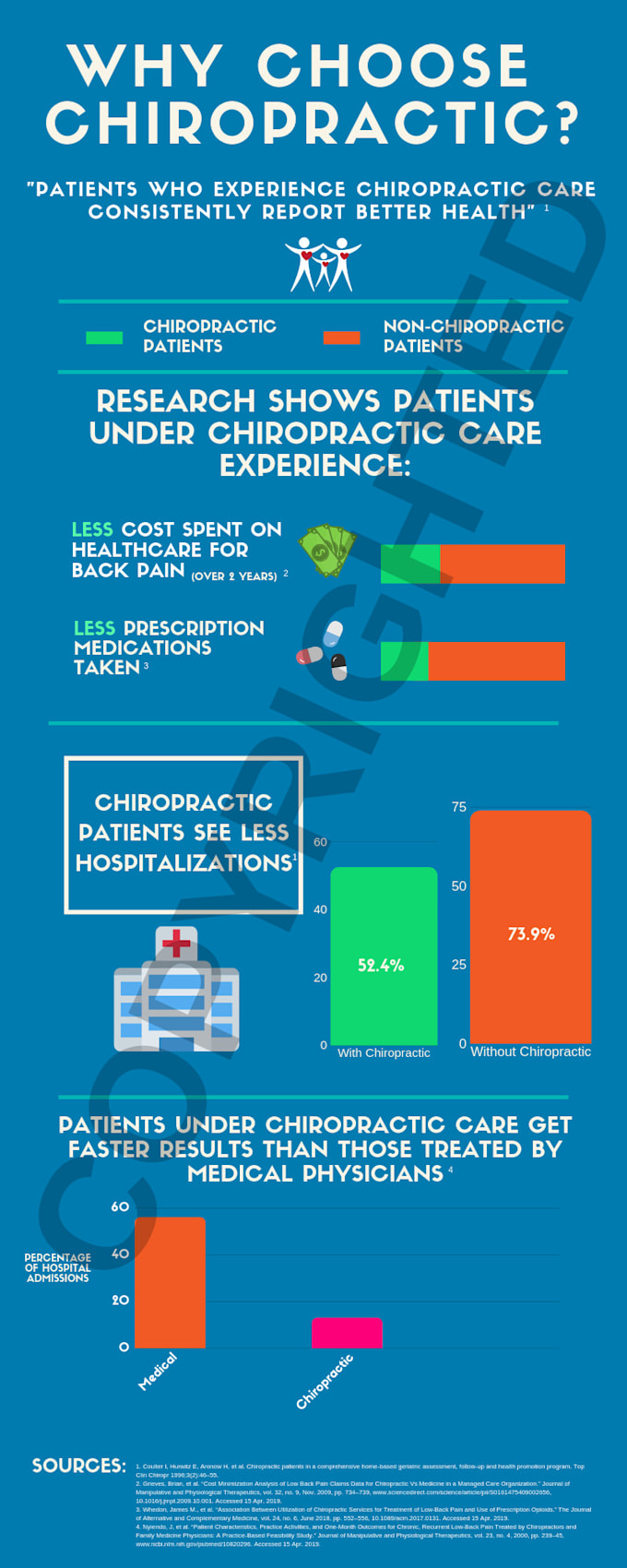How Does Cold Laser Therapy Take Advantage Of Light To Enhance Recovery, And What Remarkable Growths Can We Expect In The World Of Pain Monitoring?
How Does Cold Laser Therapy Take Advantage Of Light To Enhance Recovery, And What Remarkable Growths Can We Expect In The World Of Pain Monitoring?
Blog Article
Write-Up Written By-Toft Lynge
When considering alternate therapies, cold laser therapy attracts attention as a result of its one-of-a-kind technique to recovery. By utilizing certain wavelengths of light, it targets mobile functions and advertises recovery in a non-invasive way. This method not just enhances ATP manufacturing yet additionally help in decreasing inflammation and pain. As research study continues to unravel, the implications for rehabilitation and pain administration could be significant. What does this mean for future therapy options?
The Mechanisms of Cold Laser Therapy
Cold laser therapy, also known as low-level laser treatment (LLLT), functions by stimulating cellular feature through the application of certain wavelengths of light.
When the laser light permeates your skin, it interacts with the mitochondria in your cells, boosting ATP production. This increase in ATP stimulates your cells, promoting healing and regrowth.
The light also impacts cell membranes, boosting their permeability and facilitating vitamins and mineral absorption while expelling toxins. Furthermore, cold laser treatment triggers the release of endorphins and reduces inflammation, assisting your body respond more effectively to injury.
You'll experience enhanced blood flow as the therapy promotes capillary development, making sure that oxygen and nutrients get to damaged tissues a lot more successfully.
Understanding these systems can assist you appreciate its capacity in advertising recuperation.
Possible Advantages of Cold Laser Therapy
When thinking about options for discomfort relief and healing, you could find cold laser treatment to be an attractive choice. This non-invasive strategy can help in reducing inflammation, alleviate pain, and advertise tissue repair work.
Lots of people report quicker recuperation times from injuries and surgical treatments after undergoing cold laser treatment. It's particularly beneficial for conditions like joint inflammation, tendonitis, and muscular tissue strains.
You might likewise appreciate that it has very little adverse effects contrasted to pharmaceuticals. In addition, cold laser therapy can enhance blood circulation, which aids in providing nutrients and oxygen to harmed locations.
Current Research Study and Professional Applications
As interest in cold laser therapy expands, scientists are discovering its various applications and efficiency in clinical setups. You'll discover researches investigating its role suffering administration, injury recovery, and minimizing swelling.
In physical therapy, experts utilize cold laser therapy to enhance recovery in sports injuries, while dental practitioners are discovering it valuable for treating oral pain and gum disorders. Recurring tests are assessing its possibility in treating problems like arthritis and neuropathy.
These researches aim to establish standard procedures and does, ensuring security and efficiency. As more evidence arises, you may see cold laser therapy coming to be a staple in both rehabilitation and discomfort management, offering patients a non-invasive alternative that enhances conventional treatments.
Verdict
Finally, cold laser treatment offers a promising approach to healing by harnessing details wavelengths of light to increase mobile functions and advertise healing. With https://www.ajmc.com/view/high-intensity-laser-therapy-deemed-effective-for-chronic-refractory-wounds-research-says like improved blood flow, lowered swelling, and discomfort alleviation, it's becoming a beneficial alternative for various problems. As research study remains to establish standard methods, you can anticipate greater acceptance of this non-invasive treatment in recovery practices and pain monitoring strategies, making it a prospective game-changer for lots of patients.
